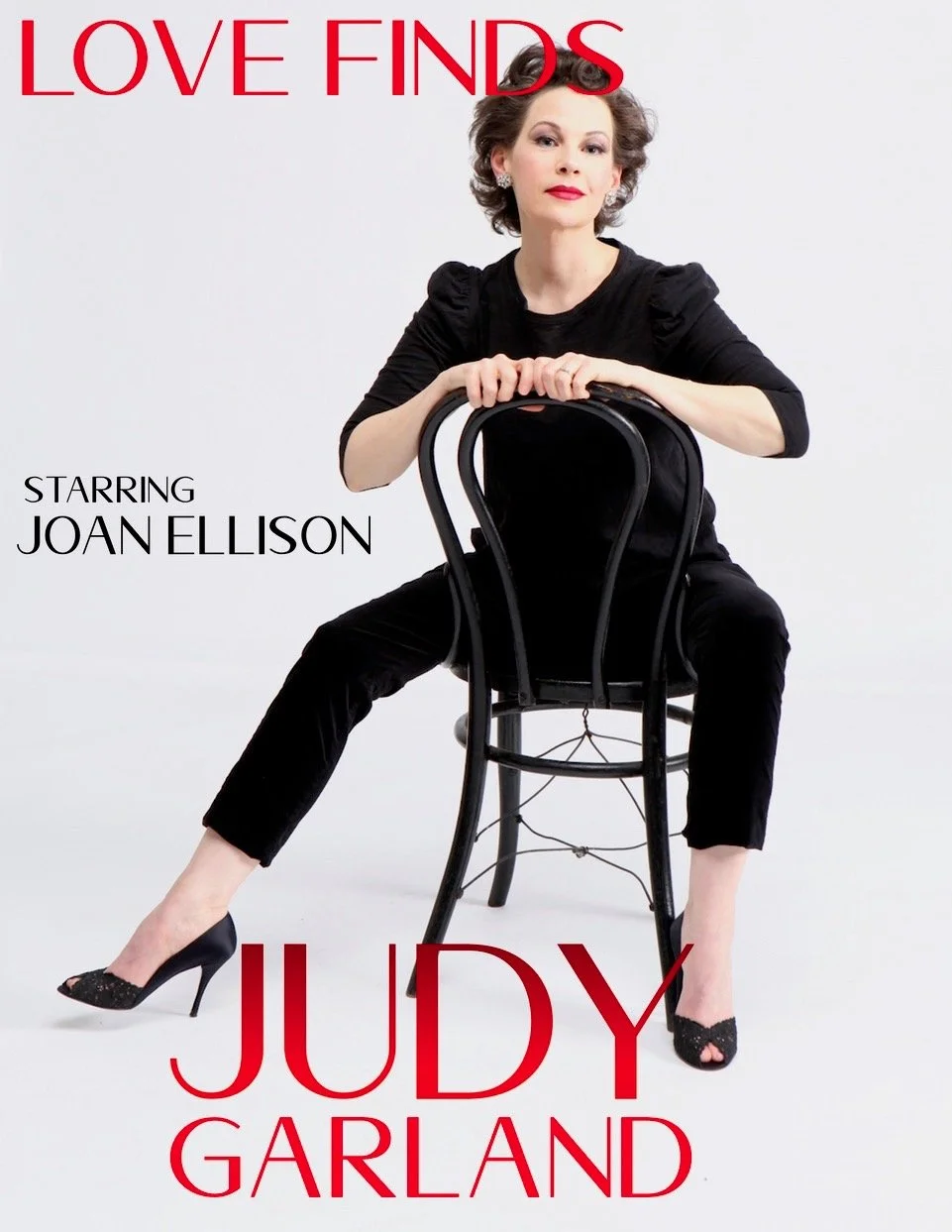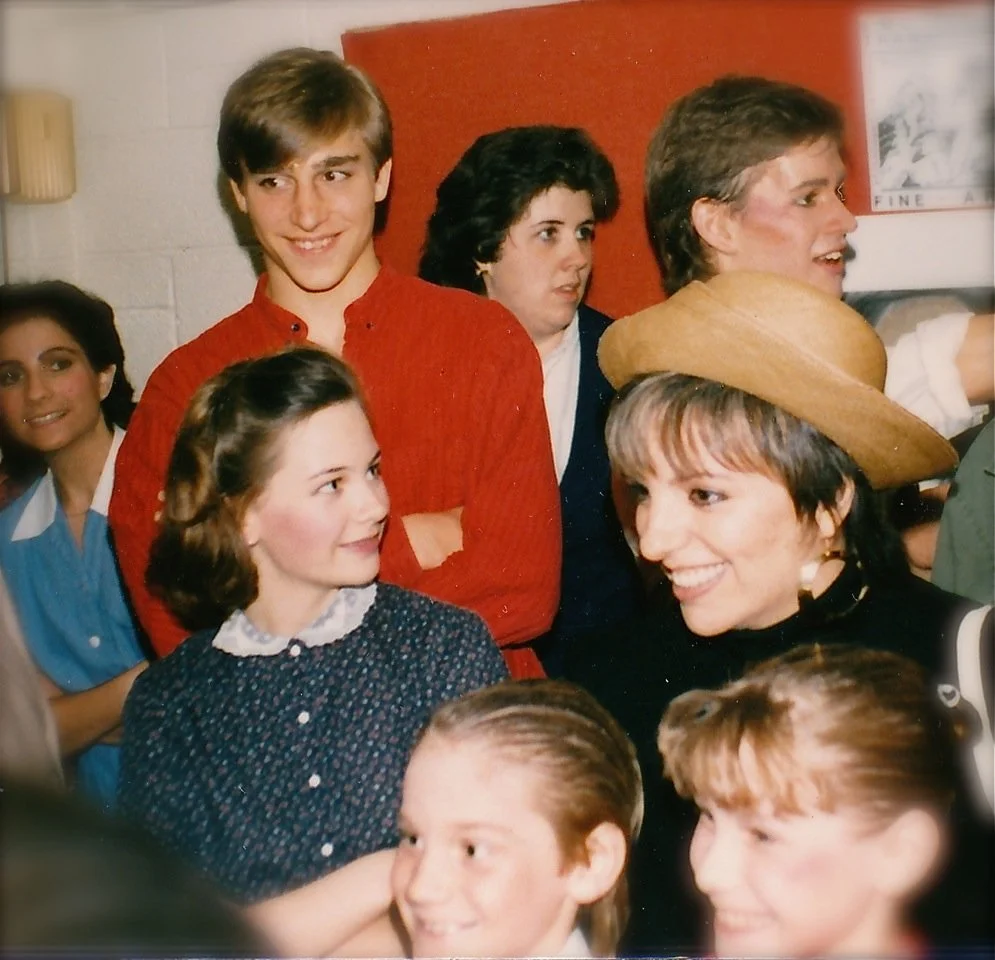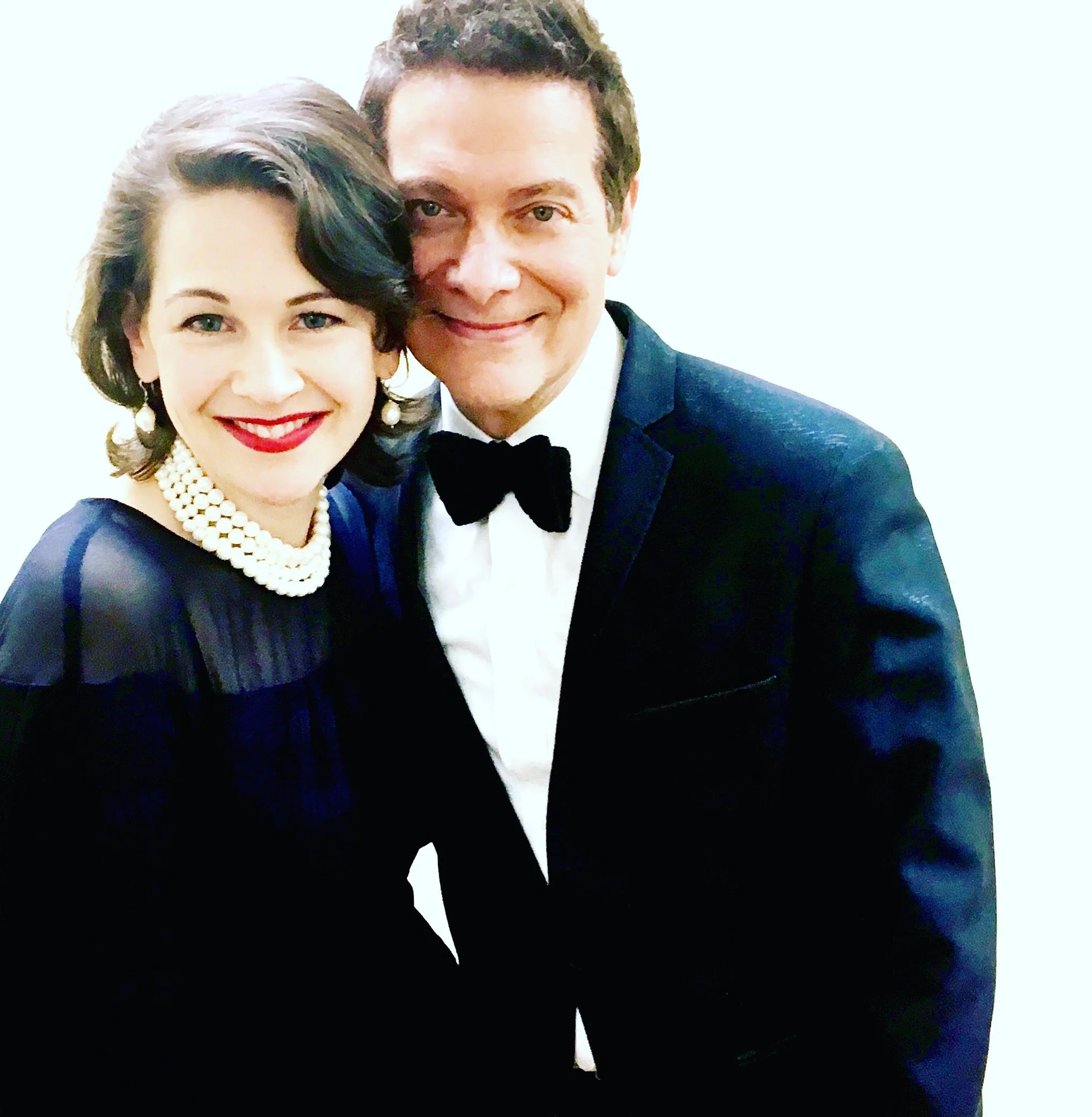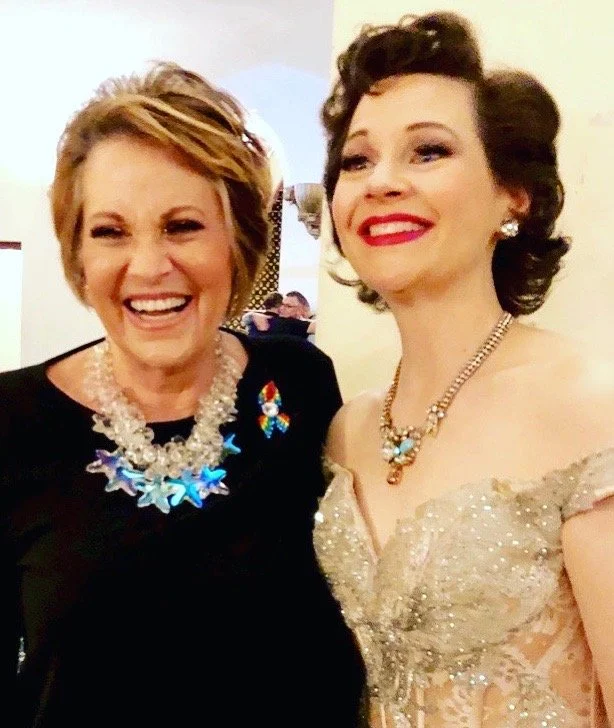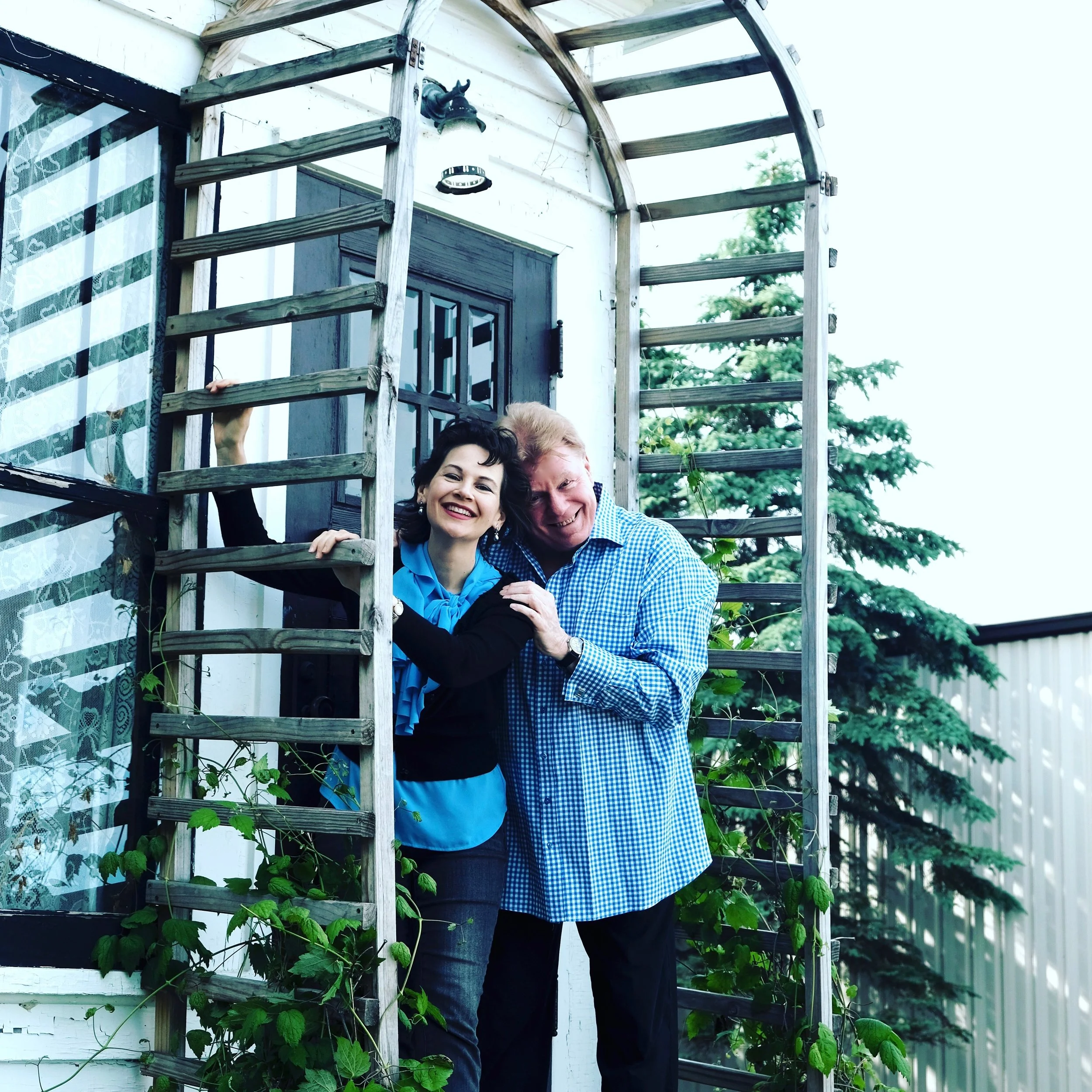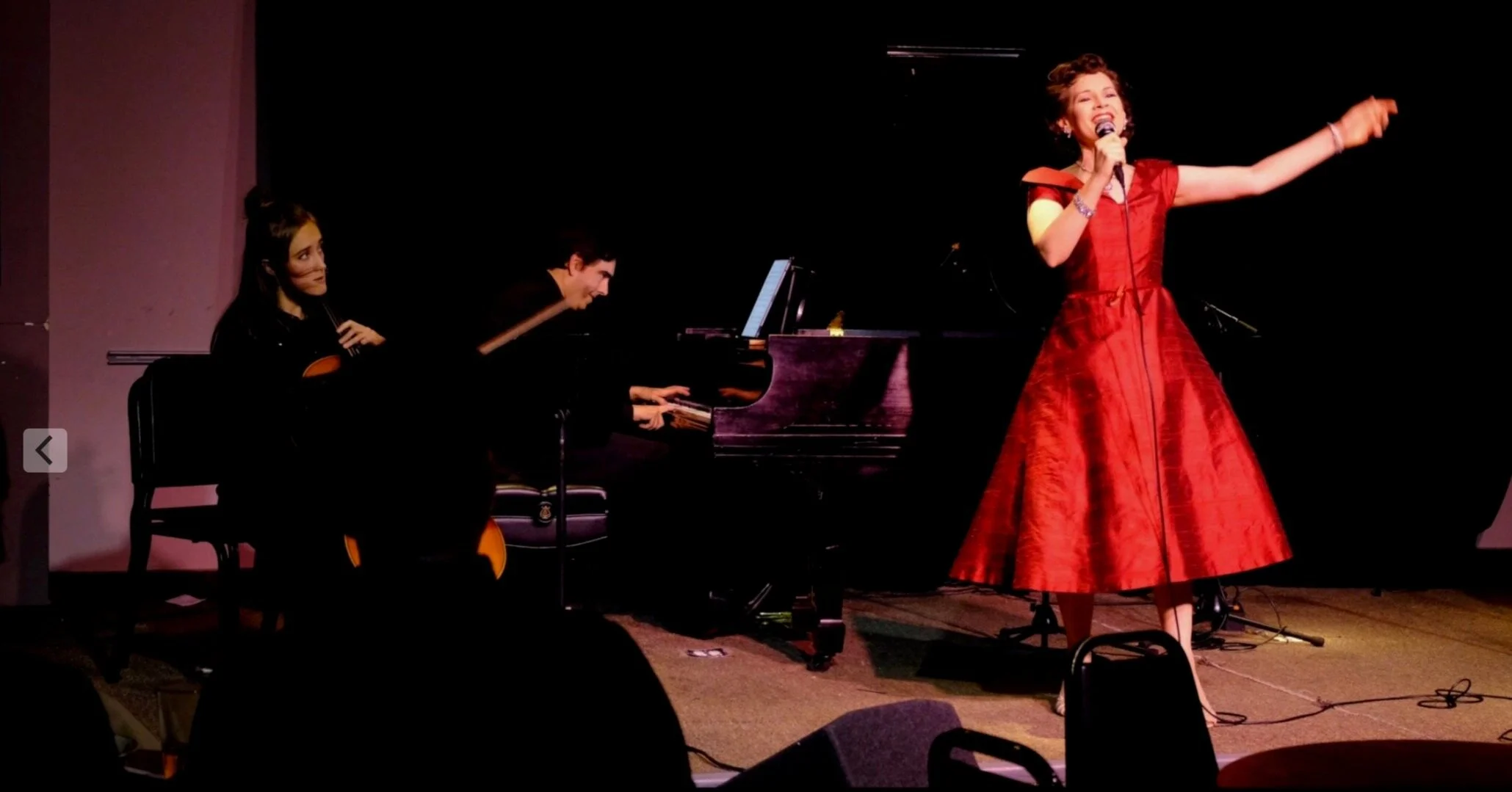Watch highlights from a live performance of ‘Love Finds Judy Garland’ on May 21, 2022.
Love Finds Judy Garland
Songstress Joan Ellison celebrates Judy Garland’s centennial with a trolley ride through her life, from her swing-singing days at MGM to her take-no-prisoners sold-out concerts around the globe. It's a highly personal love letter to the genius of Judy Garland and her path to true love, including The Trolley Song, Just in Time, If Love Were All, The Boy Next Door, By Myself, The Man That Got Away, I Got Rhythm, The Palace Medley, and Get Happy. Featuring virtuosic arrangements for piano and cello based on Ms. Garland’s original arrangements.
Joan has been described by Cabaret Scenes Magazine as “Judy-esque in appearance and…a near voice double for her idol.” As the restorer of Judy’s original orchestral arrangements with Michael Feinstein for the Judy Garland Heirs Trust, she brings musical authenticity and a life-long love for Judy to the stage. Read more here.
“Another highlight…is Joan Ellison’s wondrous performance of ‘Over the Rainbow.’ Her voice strong and clear,…Ellison gives a master class in interpretation. Painting a picture with her talent and emotion, Ellison’s irresistible performance inspires an electric reaction from the crowd.”
How Joan Found Judy Garland
Joan Ellison in Judy Garland’s childhood home in Grand Rapids, Minnesota — on the stair landing that Judy and her sisters used as a make-believe stage.
Love Finds Judy Garland can really be traced back to 1985, when Joan Ellison’s piano teacher in Des Moines, Sharyl Smith, gave her a copy of Keyboard Classics Magazine with a transcription of George Gershwin playing “I Got Rhythm” on the radio — which was VASTLY cooler than the published Gershwin sheet music version she’d been playing. Fast forward to 1996, when Joan and her singing partner, Mark Flanders, decided to get off the merry-go-‘round of auditioning for musicals and create their own shows from the Golden Age of American Popular Song. They hoped to use transcriptions of the actual piano accompaniments from recordings of the ‘20s, ‘30s, and ‘40s, but that was in the days before you could find anyone on the internet, and they couldn’t find anyone to do the job. With a huge sigh, Joan, who has a master’s degree from Oberlin Conservatory and was a T.A. for the ear training classes there while still an undergrad, bought herself a Marantz tape player that could slow a song down to half speed (also taking it down an octave, which made singers sound like they were underwater), chained herself to the piano bench for a couple of weeks, and knocked out a note-for-note transcription of George Gershwin’s accompaniment to Fred and Adele Astaire singing “Fascinating Rhythm.”
Joan at 13 after singing for Liza Minnelli.
“But where does Judy Garland enter stage left,” you may be wondering? Well, Joan’s love for Judy Garland — and for singing — began at age two when her parents gave her the Wizard of Oz album. “Over the Rainbow” defined what it meant to sing a song in her impressionable young brain, and, perhaps more unusually, she also loved to sing the orchestrations. Other Garland connections kept cropping up, too. At the age of thirteen, she sang for Judy’s eldest daughter, Liza Minnelli, when Liza was passing through Des Moines on tour and attended an encore command performance of Evita in which Joan was playing “Peron’s Mistress.”
Joan Ellison and Michael Feinstein
By 2016 she’d been performing a solo Judy Garland concert with piano or with symphony orchestra for several years, and had even played the role of “Judy” in The Boy From Oz. She’d also completed well over 200 transcriptions, representing thousands of hours of painstaking work, some of which ended up being heard by the Ambassador of American Popular Song himself, Michael Feinstein. When they finally met backstage after his concert with The Cleveland Orchestra at Blossom, one thing led to another and he offered her the chance to be the Editor of The Judy Garland Carnegie Hall Concert Restoration Project for the Judy Garland Heirs Trust, working with him and world-renowned Oz/Garland expert John Fricke. That led to the chance to share the stage with and pick up some tips on performing “When You’re Smiling” from Judy’s younger daughter, Lorna Luft in a recreation of the Judy at Carnegie Hall Concert at the Paramount Theatre in Asbury Park in 2019 — bringing back to life the newly-restored arrangements Joan had completed. The concert was conducted by Liza Minnelli’s long-time drummer/conductor Michael Berkowitz, and the music was prepared by Chelsea Music, which had a long history with Judy and Liza’s arrangements.
Lorna Luft with Joan Ellison following their performance of the recreation of Judy’s Carnegie Hall Concert in 2019.
Thus Joan was given the keys to the treasure trove of Judy’s original orchestral arrangements by a Who’s Who of the greatest arrangers of the first half of the 20th century — masters like Conrad Salinger, Nelson Riddle, Mort Lindsey, Norrie Paramor, et al. And after a few years of marinating in this rich musical broth, she began to wonder how she could distill some of the richness and intricacy of the full original arrangements down to a very small ensemble, because not everyone has access to a full orchestra…
…Also around this time, the pandemic hit and all her Garland orchestral engagements were put on hold. When she heard one of her pop vocal students at the Cleveland Institute of Music, Nora Willauer, play a walking bass to “Blue Skies” on her cello over a Zoom lesson, an idea began to percolate. When it looked as if live performances might actually start to come back the following year, she proposed the idea of experimenting with highly virtuosic cello-piano arrangements to her now-former student and current friend, Nora Willauer, and began work on six Garland songs for cello, piano, and voice.
Joan Ellison & John Fricke on the front porch of Judy Garland’s birthplace during the Judy Garland Festival in 2019.
The final piece of the “Love Finds Judy Garland” project came together in the person of pianist Shane Schag. Joan and Shane had worked together in 2001 just before he graduated from CIM with his master’s degree in Collaborative Piano and left for the Big Apple, and then felicitously reunited in August of 2019 for an American Popular Song concert at The Bard Festival. He gamely jumped on a trolley to Cleveland for a live-streamed workshop performance of “Love Finds Judy Garland” (formerly “Garland á Trois”) at The Bop Stop in September 2021, and the trio were able to rehearse the 17 new arrangements over two days and then put the show on its feet in front of a live audience!
Featurettes
“The Joint Is Really Jumpin’ in Carnegie Hall” from rehearsal to performance
“If You Feel Like Singing, Sing” from Summer Stock
“The Trolley Song” from Meet Me in St. Louis
“Get Happy” in rehearsal and performance


